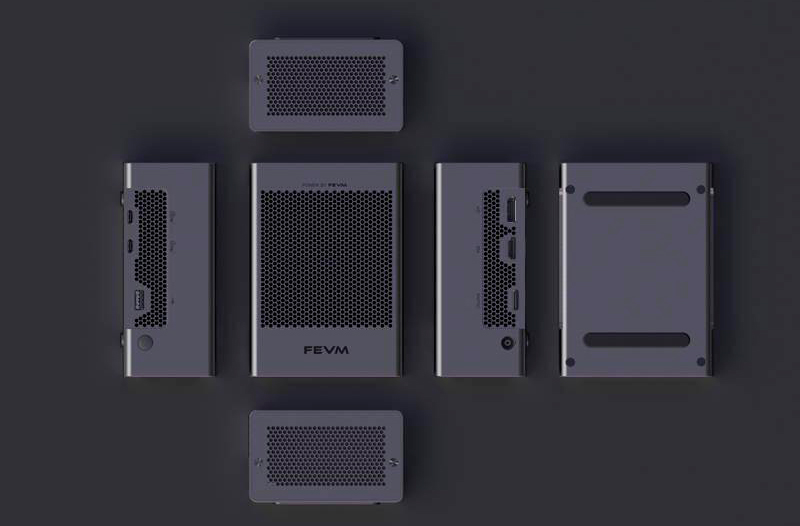When it comes to laptops, there’s a model for every type of user – students, professionals and everyone in between. At the moment, Amazon is putting on an amazing sale on a model that meets all requirements: HP 15.6-inch touchscreen laptop (Intel Core i3, 2TB SSD, 64GB RAM) which is currently available at an all-time low price: This powerhouse of a machine (suited for any type of user) which normally costs $2,769, is now available for just $769 which is a 72% discount. This is one of our favorite laptop deals since the beginning of the year, and it matches previous deals seen during Black Friday.
See at Amazon
For less than $800, you get a machine running on Windows 11 Pro that would otherwise retail for several thousand and that is without considering the lifetime subscription for Microsoft Office Pro that is thrown in. You’ll also get a free 7-in-1 USB-A adapter, a mouse, a mobile phone magnetic holder and a 128GB USB stick. Basically, you get $299 of accessories for free.
Great Specs For a Laptop
The HP 15.6 touchscreen notebook runs on a Intel i3-1315U processor that can run at speeds of up to 4.5 GHz, and is complemented by a massive 64GB of RAM and a 2TB SSD. These are some of the most robust specs of any Windows notebooks on the market and it’s particularly suited for content creators, coders and anyone who requires multitasking.
The 15.6-inch FHD touchscreen provides accurate and multi-finger gestures and smooth navigation for intuitive control and interaction with your work or entertainment in a natural manner (you don’t have to use it if you’re not a huge fan of touchscreens). The screen has a high-brightness backlight and high-contrast technology to provide true-to-life colors and clear visuals in any environment. This renders the laptop an ideal tool for mobile office use, creative work, or merely viewing high-definition media.
You will also appreciate the audio part: The two speakers with specially tuned sound provide excellent stereo sound while Wi-Fi 6E and Bluetooth 5.3 provide ultra-stable and speedy wireless connectivity with less delay. These are especially useful for streaming, video calling, and online collaboration. For extra peace of mind, the laptop has a physical camera shutter and microphone mute button as well as an LED light to give users security reassurance.
Make sure you grab yours before it runs out of stock.
See at Amazon










